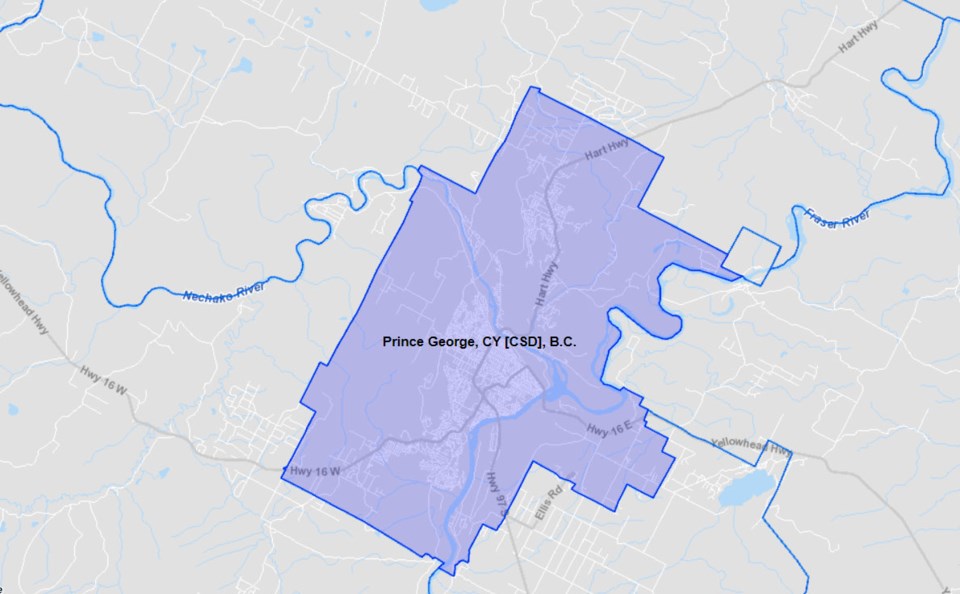The median after-tax household income in Prince George grew by nearly 10 per cent between 2015 and 2020, after accounting for inflation, according to Statistics Canada census data released last week.
The median – or middle value – after-tax income for all household types in the city grew from $70,500 in 2015 to $77,500. All income amounts were adjusted for inflation and calculated in 2020 dollars.
The total, before-tax, income for all household types grew by $6,000, from $82,000 to $88,000, during the same period.
Household incomes in Prince George were higher than the B.C. and national averages. In B.C. the median after-tax income for all household types grew from $66,500 in 2015 to $76,000 in 2020. Across Canada, the median after-tax income for all household types grew $66,500 in 2015 to $73,000 in 2020.
In 2015, Prince George's median after-tax household income was $4,000 above the provincial and national average. By 2020, Prince George's median after-tax income was $1,500 above the provincial average and $4,500 above the national average.
For households categorized as families in the census, the median after-tax income rose from $90,000 in 2015 to $99,000 in 2020. For households not categorized as families in the census, the median after-tax income rose from $39,600 in 2015 to $45,200 in 2020.
All household categories reported by Statistics Canada saw a real, after inflation, increase in after-tax income in Prince George over the five-year span.
The median after-tax income for couples with children rose from $111,000 in 2015 to $122,000 in 2020, Statistics Canada reported.
For single-parent households, the median after-tax income rose by $12,000 between 2015 and 2020, from $50,000 to $62,000. However, the statistics show a significant gender disparity, with the median after-tax income for single mothers being $58,800 in 2020, compared to $73,000 for single dads.
The total number of households in Prince George grew from 30,235 in 2016 to 31,795 in 2021. In 2021, 14,910 were categorized as couples with or without children, 3,055 were single-parent households (including 700 single dads), 2,395 were other family households (including multi-generational family homes and multi-family homes) and 11,435 were non-family households (single people and roommate type situations).



